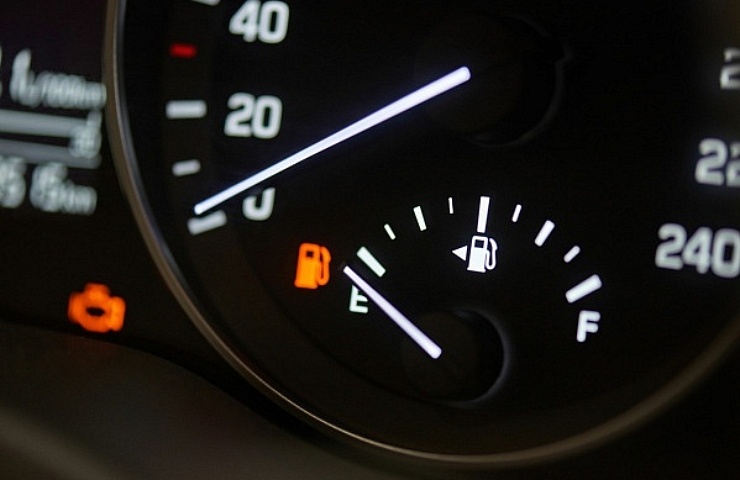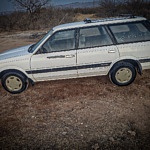Contents
How a Gas Gauge Works
There are many different dashboard designs to indicate fuel level and other vehicle functions. They each work slightly differently. In most cases, to determine how much fuel remains, you just need to look at the position of the indicator needle on the gauge.
- The gauge is marked F at the top for full, and as the fuel is burned and depleted, it moves closer to the E for empty.
- The indicator is marked with lines from top to bottom indicating a full tank of gas, plus ⅛ to ¼ increments.
- Some gauges may only show markings in ¼ tank increments, along with F and E.
Read: Car Gauges 101 – What You Need to Know
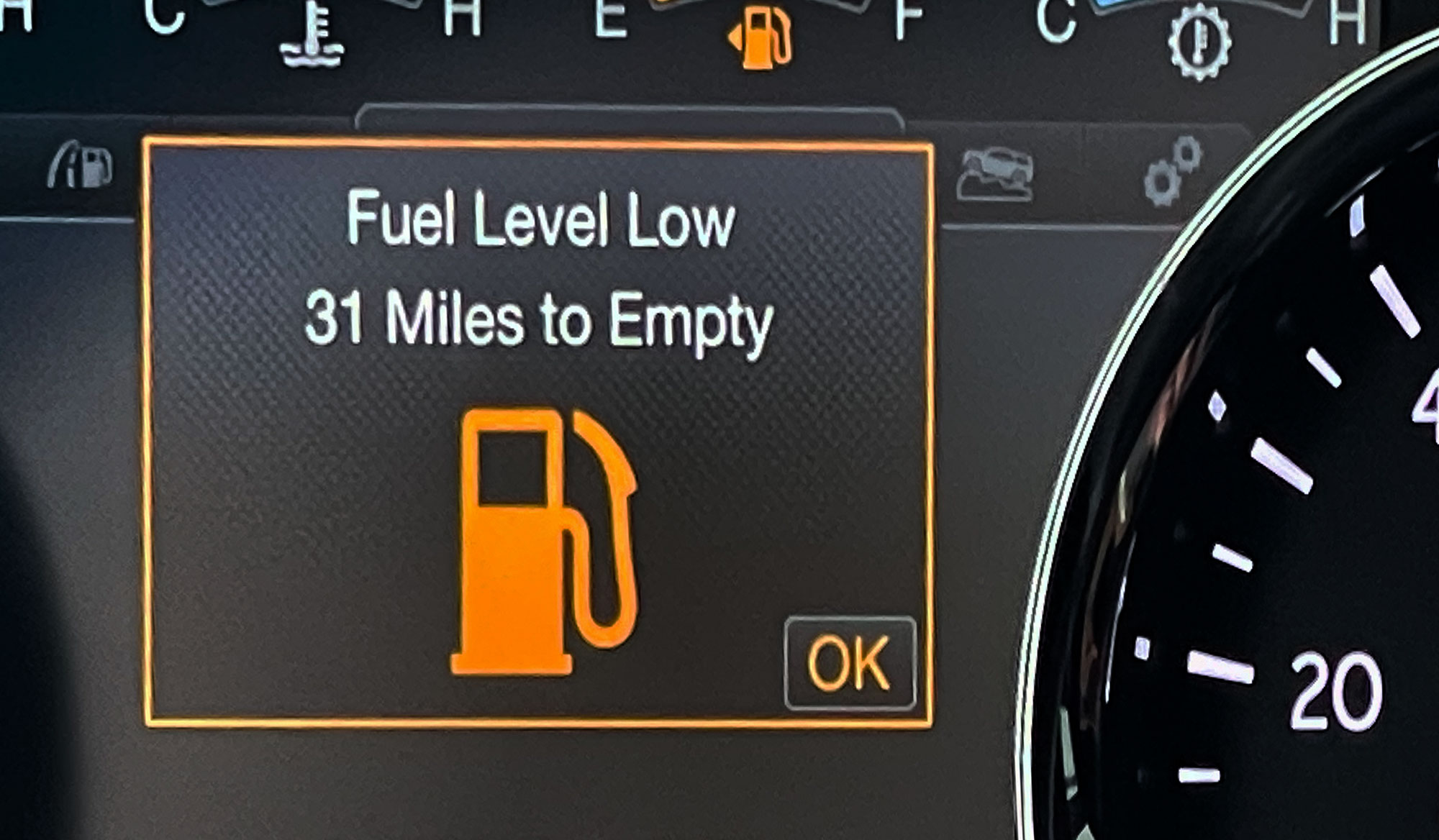
Distance to empty indicators are estimates. That estimate can fluctuate based on changes in your driving patterns.
Most modern vehicles’ gas gauges go beyond the traditional fuel level indication. They now include features like a distance-to-empty reading, low-fuel warning lights, and audible warnings to help drivers avoid running out of gas.
Shop now for car and truck gaugesYour vehicle’s gas gauge is directly linked to fuel lever sensor or fuel-sending unit in the gas tank. That sensor has a float-like instrument connected to a rheostat that relays the gas level to the fuel gauge in real-time. It raises the needle as you refill your tank and lowers it as fuel is consumed.
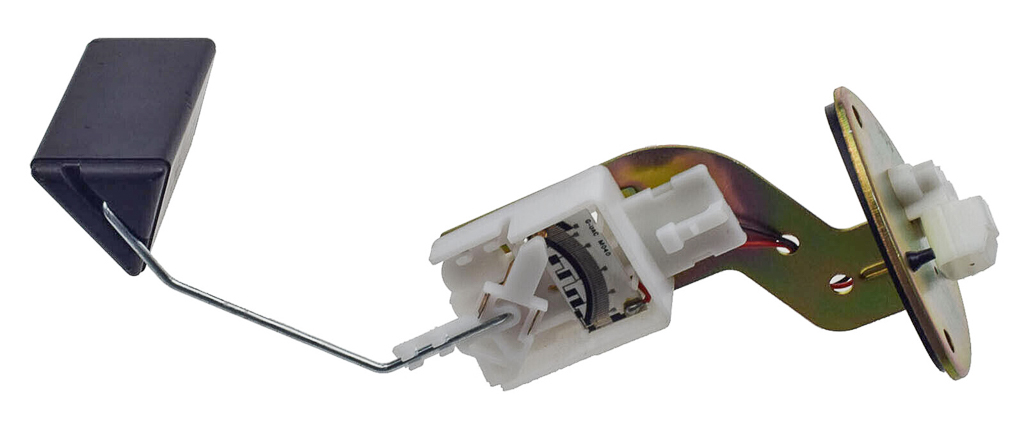
A typical fuel sending unit and float assembly.
How Accurate Is the “Distance to Empty” Meter?
The function of a “low fuel” warning light is to alert the driver when there is still gas in the tank, but not much. We’ve all experienced it, and the distance you can drive differs because all vehicles are programmed differently.
When the light illuminates, there are usually between one and two gallons of gas remaining in the tank.
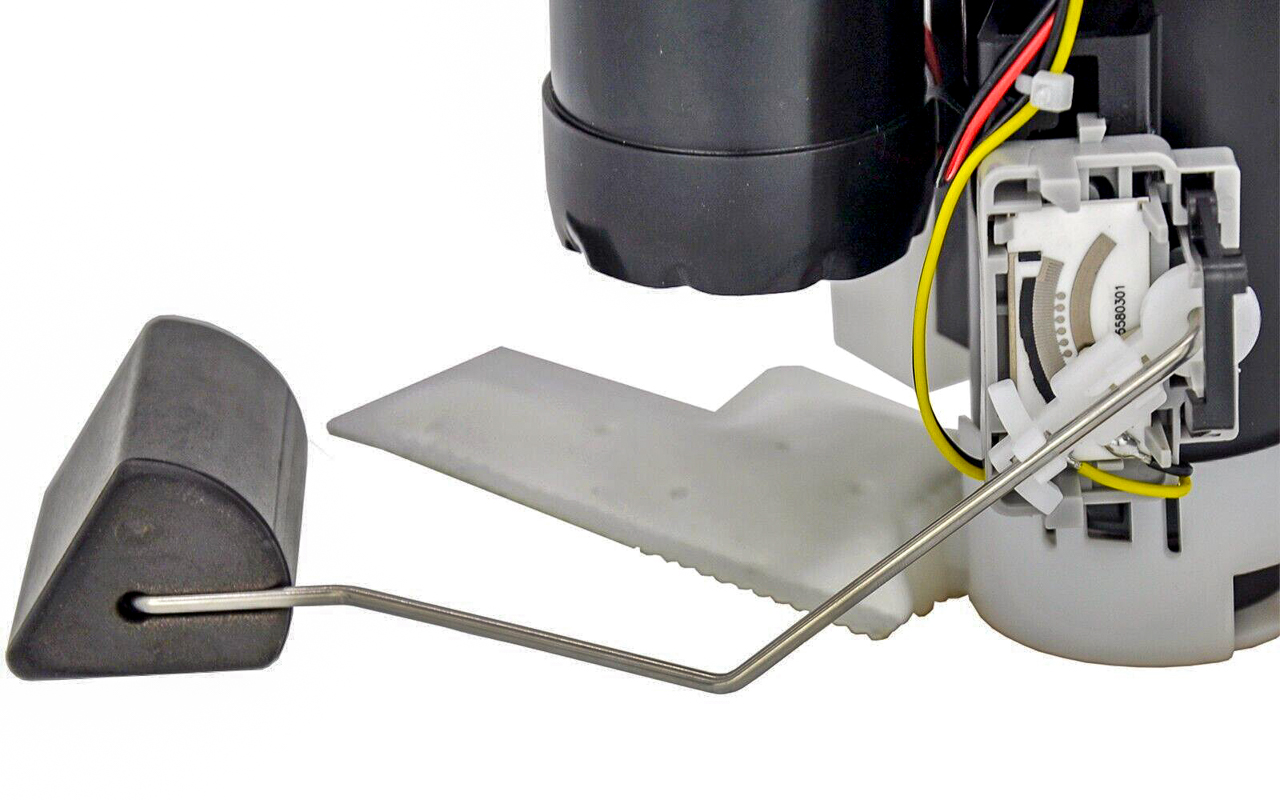
The fuel pump assembly can house the fuel sending unit.
Some vehicles also have a “distance to empty” or “miles to empty” feature that approximates how far you can drive on the remaining fuel. Individual driving styles can affect your distance-to-empty calculation. If you are doing a lot of highway driving, you could see an alert when you have up to 90 miles of remaining fuel. However, if you tow a trailer, your first warning alert could be as little as 35 miles.
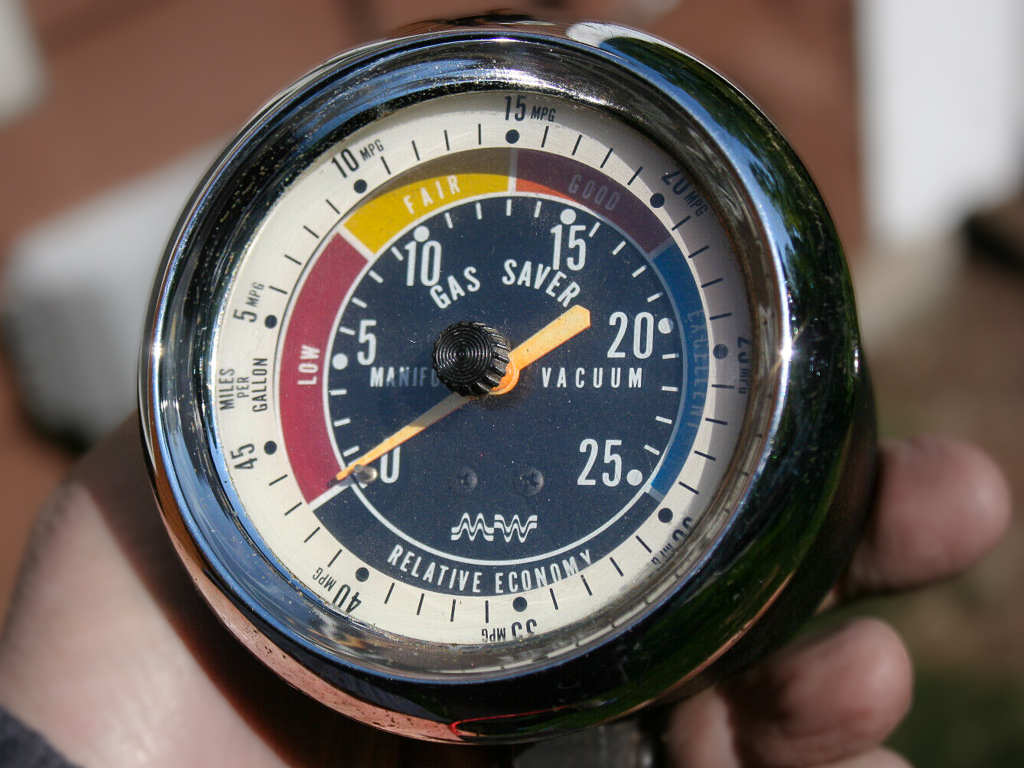
This vintage Gas Saver gauge used an engine manifold vacuum to estimate miles per gallon.
The distance warning indicates the estimated miles remaining, not how many gallons of gas remain. The system automatically resets each time you refuel.
Does E Really Mean Empty?
Vehicles with traditional fuel gauges (and don’t have distance-to-empty readouts) commonly have a gallon or two left in the tank when the needle reaches E.
Gauges provide a warning early enough so you’ll still have enough gas to reach a nearby station. But a word of caution: It’s best not to count on the reserve in the tank. When your car gas gauge warns you to fill up, get to a gas station.
Shop now for no-spill gas cans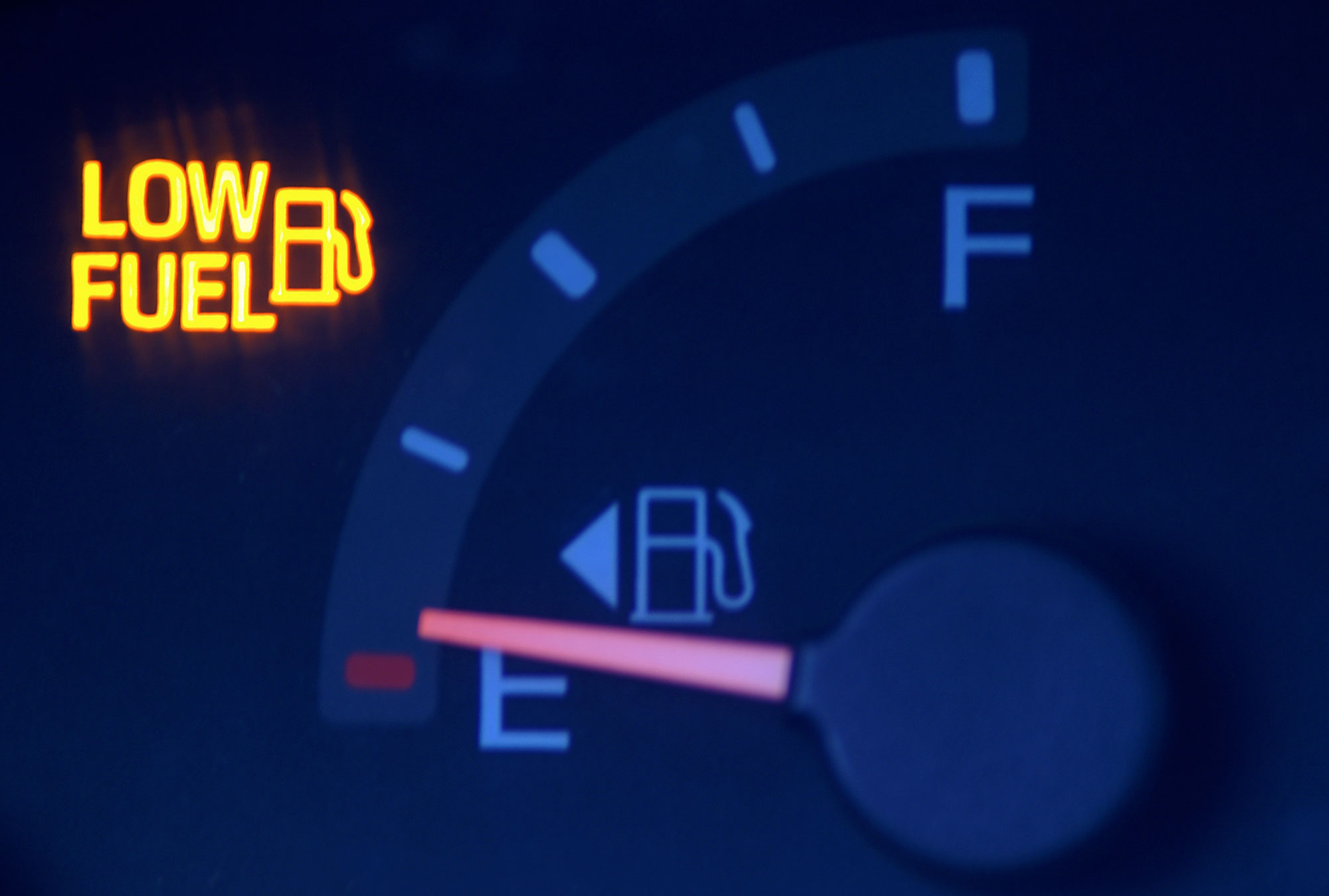
The arrow on the gas pump symbol points to your fill up side.
Which side of your car has your gas tank? At one time or another, we’ve all stuck our heads out the window to see if we can spot the gas fuel door. That’s especially true if you drive more than one car, borrow a car, or have a rental car.
Fortunately, your car gas gauge can provide the answer. You’ll notice a gas pump icon and a triangle-shaped arrow near the needle. The direction the triangle points indicates whether the fuel tank is on the left or right side of your vehicle.
Shop now for fuel gauges
